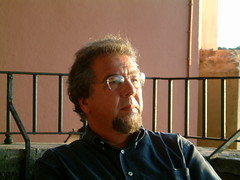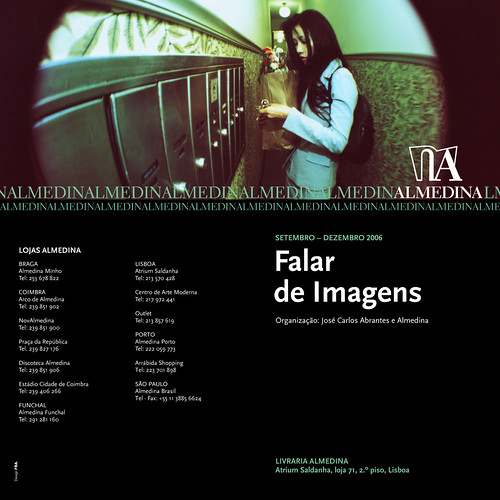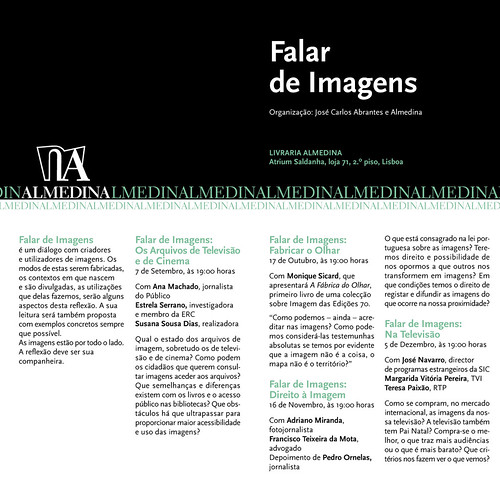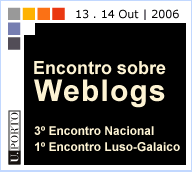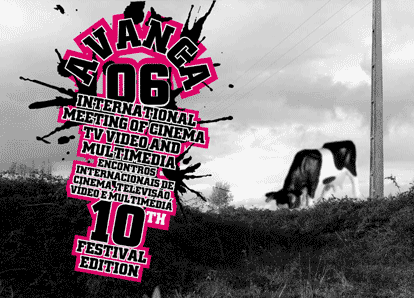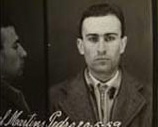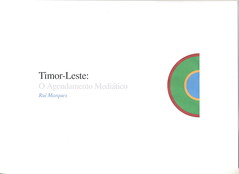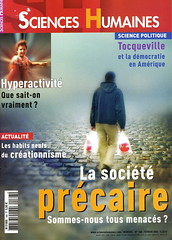sábado, dezembro 04, 2004
IMAGEM: VER OS ROSTOS
The Economist publica um interessante artigo sobre ao reconhecimento de rostos. Tenho ideia precisa que João Lobo Antunes numa conferência na Fundação Calouste Gulbenkian,talvez há um ano se referiu a este reconhecimento. Ainda guardo a recordação que os humanos reconhecem melhor os rostos que os objectos, talvez pela necessidade de sobrevivência que os obrigou a dar grande atenção ás expressões dos outros humanos, ora amigos, ora ameaçadores. O artigo intitulado “About face” descreve diferentes investigações neste domínio recentemente realizadas e põe em destaque o conceito de prospagnosia que implica dificuldades no reconhecimento dos rostos. O artigo ilustra com uma pintura de Magritte "Le fils de l’homme" esse rosto ausente. E ficamos a saber que, os cérebros observados numa das investigações realizadas através de imagens de ressonância magnética, mostram uma actividade muito superior a olhar para os rostos quando comparada ao olhar para os objectos.
"A third study, published in this week's Neuron by Galit Yovel and Nancy Kanwisher of the Massachusetts Institute of Technology, digs a little deeper into the question. Dr Yovel and Dr Kanwisher have been studying what happens in people's brains when they look at faces.
To do this, they used a brain-scanning technique called functional magnetic-resonance imaging, which follows the brain's activity in real time. Their area of particular interest was part of the brain called the fusiform face area (FFA), which previous work had suggested is involved in the recognition of objects, including faces.
Dr Yovel and Dr Kanwisher showed their subjects pictures of faces and houses, and measured the level of activity in the FFA. They found that it was far more active when someone was looking at a face rather than a house."
The Economist publica um interessante artigo sobre ao reconhecimento de rostos. Tenho ideia precisa que João Lobo Antunes numa conferência na Fundação Calouste Gulbenkian,talvez há um ano se referiu a este reconhecimento. Ainda guardo a recordação que os humanos reconhecem melhor os rostos que os objectos, talvez pela necessidade de sobrevivência que os obrigou a dar grande atenção ás expressões dos outros humanos, ora amigos, ora ameaçadores. O artigo intitulado “About face” descreve diferentes investigações neste domínio recentemente realizadas e põe em destaque o conceito de prospagnosia que implica dificuldades no reconhecimento dos rostos. O artigo ilustra com uma pintura de Magritte "Le fils de l’homme" esse rosto ausente. E ficamos a saber que, os cérebros observados numa das investigações realizadas através de imagens de ressonância magnética, mostram uma actividade muito superior a olhar para os rostos quando comparada ao olhar para os objectos.
"A third study, published in this week's Neuron by Galit Yovel and Nancy Kanwisher of the Massachusetts Institute of Technology, digs a little deeper into the question. Dr Yovel and Dr Kanwisher have been studying what happens in people's brains when they look at faces.
To do this, they used a brain-scanning technique called functional magnetic-resonance imaging, which follows the brain's activity in real time. Their area of particular interest was part of the brain called the fusiform face area (FFA), which previous work had suggested is involved in the recognition of objects, including faces.
Dr Yovel and Dr Kanwisher showed their subjects pictures of faces and houses, and measured the level of activity in the FFA. They found that it was far more active when someone was looking at a face rather than a house."
